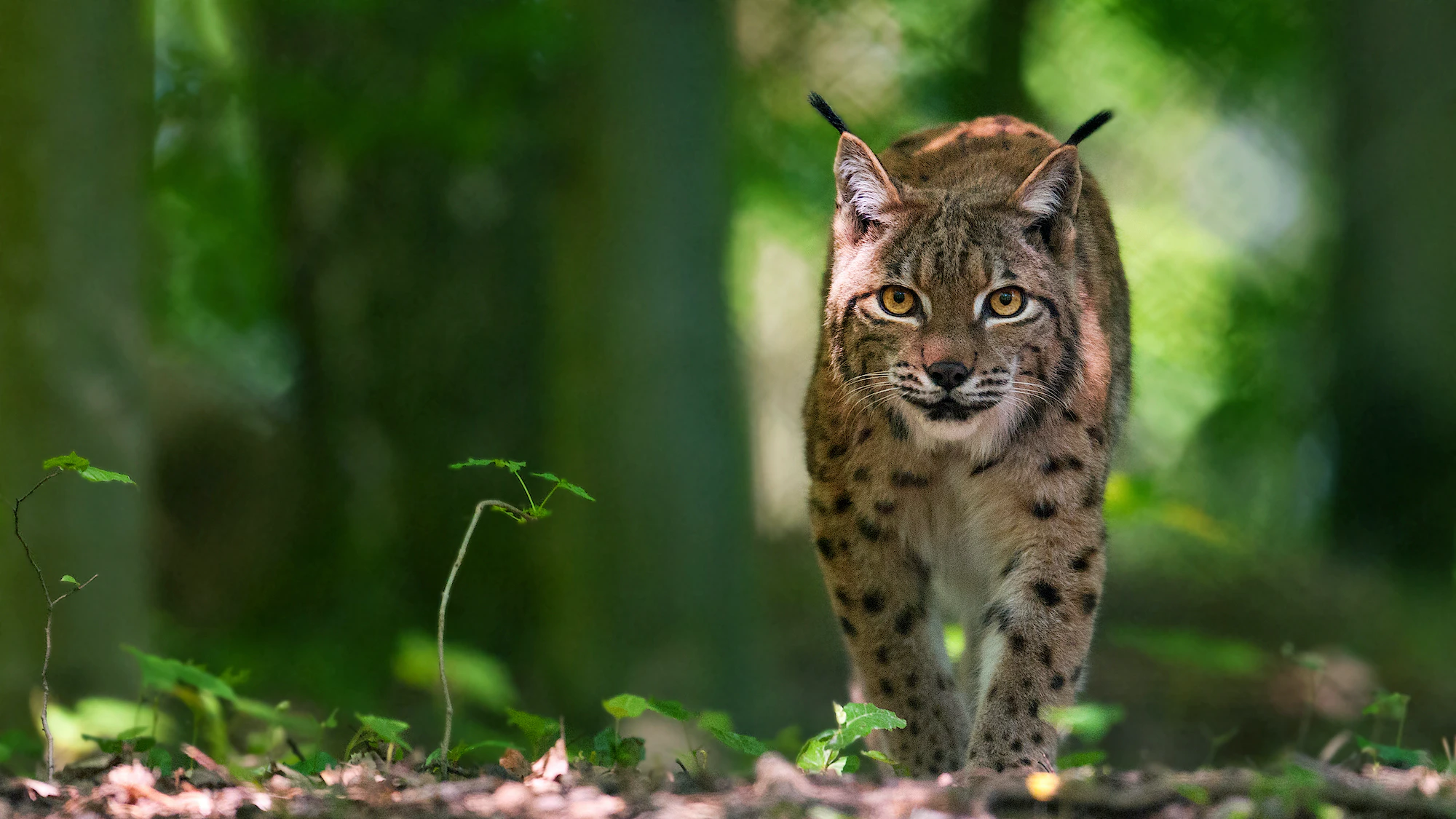One of our well-qualified local members gave us a very good presentation on Rewilding – defined as large-scale restoration of ecosystems aimed at restoring and protecting natural processes and core wilderness areas, and providing connectivity between such areas.
We learned about apex predators and key species that can radically change the diversity of their communities e.g. tarpan (wild horse), aurochs (from which modern-day domestic cattle are derived), and how they can be replaced by proxy species with a similar function e.g. Longhorn cattle.
We heard about some trials –
Knepp Castle Estate, West Sussex – wilding, similar to rewilding, with more emphasis on creating new, wilder ecosystems and less emphasis on past trends and patterns. Popularised by Isabella Tree’s book Wilding. It has had outstanding success in bringing back almost lost species in abundance, with astonishing increases in common species.
Oostvaardersplassen – a bold project to rewild a vast tract of land east of Amsterdam, following Frans Vera’s principles of using wild-living herbivores to mimic the grazing of extinct animals. Red deer, Konik horses (proxy for Tarpan horses) and Heck cattle (proxy for Aurochs) roam free on low-lying marsh reclaimed from the sea. The reserve was internationally renowned. But 4 years ago, after a run of mild winters, and lacking top predators, the three species grew too large in number; then came a harsher winter, when there was insufficient food, and the population went down dramatically. Around 90% of the dead animals were shot before they could die of starvation.
We watched a video debating whether lynx should be reintroduced into Kielder Forest.
There was much more covered in a lively discussion. It was good to support this local member in what she is doing to influence rewinding locally and to plant trees in our town.


